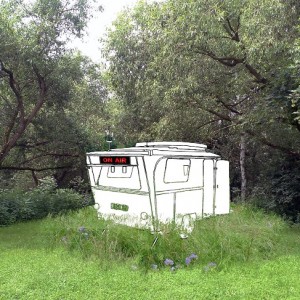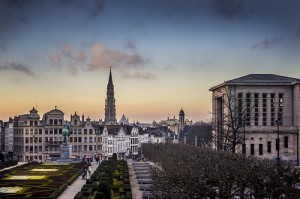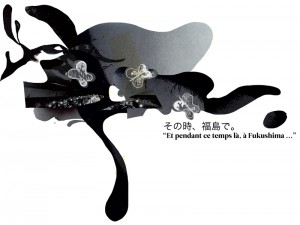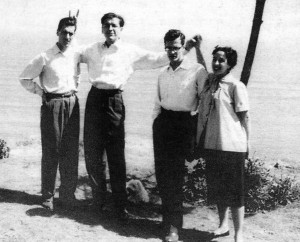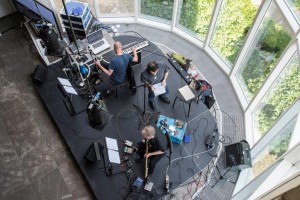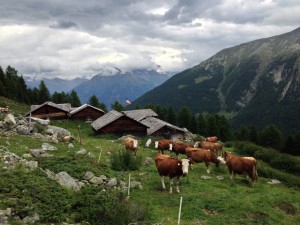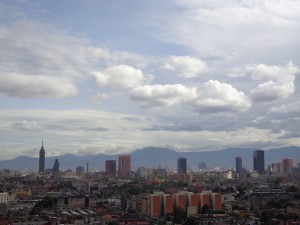La libération de Paris pendant la Seconde Guerre mondiale a eu lieu du 19 au 25 août 1944, marquant ainsi la fin de la bataille de Paris. Cet épisode met fin à quatre années d’occupation de la capitale française.
La résistance parisienne, est commandée par Rol-Tanguy responsable régional des FFI pour l’Île-de-France depuis son poste de commandement sous la place Denfert-Rochereau et par le colonel Lizé (de son vrai nom, Jean de Marguerittes), chef des FFI de la Seine (dont le PC est installé 1, rue Guénégaud, tout près de l’hôtel des Monnaies). Jacques Chaban-Delmas est le délégué militaire national du gouvernement provisoire ; il accueille le général Leclerc.
Elle est pauvrement équipée (elle n’a même pas de liaison radio avec l’extérieur) mais enthousiaste, encercle les îlots de défense allemands. L’occupant se trouve en position défensive, une division SS est mise en mouvement vers Paris pour renforcer l’armée allemande. Il est à prévoir qu’elle obéira sans état d’âme aux ordres de destruction d’Hitler. Avec l’annonce de l’avance rapide des Alliés sur Paris depuis la victoire de la poche de Falaise, les cheminots se mettent en grève le 10 août, suivis par le métro de Paris,la gendarmerie le 13 août. La police se soulève le 15 août, suivie des postiers le jour suivant. Ils sont rejoints par d’autres ouvriers de la ville quand la grève générale éclate le 18 août. Des barricades sont dressées, entravant les mouvements des véhicules allemands, et des escarmouches contre les forces allemandes d’occupation, épaulées par des membres de la Milice10,11 restés à Paris malgré le repli général des miliciens quelques jours plus tôt, commencent à devenir sérieuses les jours suivants, atteignant leur maximum le 22. De sérieux combats ont lieu à la préfecture de police, occupée par les policiers insurgés dès le matin du 19 août13.
Une trêve est conclue, trêve qui permet à chacun des camps soit d’évacuer la capitale pour les Allemands, soit de conforter ses positions, pour la Résistance.
En marge des évènements de la capitale, des accrochages et embuscades sont organisés par des partisans et résistants en banlieue parisienne.
Les insurgés, faute de munitions, n’auraient pas pu tenir longtemps : la résistance intérieure envoie en mission le commandant Cocteau (« Gallois »), chef d’état-major du colonel Rol-Tanguy, auprès du général Patton pour signaler aux Américains que la moitié de la ville est libérée le 23, mais que la situation des résistants est critique. Devant cette situation désespérée, ayant obtenu l’accord de De Gaulle, qui rappelle à Eisenhower sa promesse faite à Alger en décembre 1943 que la libération de Paris serait confiée à une unité française, le général Leclerc force la main aux Américains en donnant l’ordre de marche sur Paris aux éléments de reconnaissance de sa 2e division blindée française. Le général américain Gerow, supérieur hiérarchique de Leclerc, est furieux, considérant cela comme une insubordination.
Eisenhower doutant de pouvoir retenir les Français finit par accepter et envoie la 4e division d’infanterie américaine en renfort.
Avec les voix et les sons de Paris 1944 et 2014.
Un travail sonore par Chuse Fernandez


